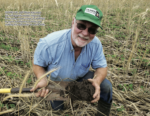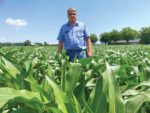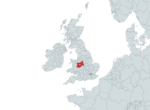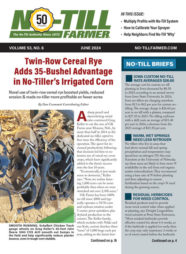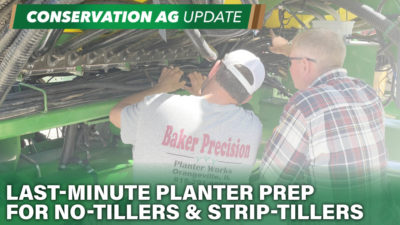Advertise Follow Us
Items Tagged with 'oats'
ARTICLES
Cover Crops
Buffering the Soil with Long-Term Cover Cropping
Jeff Olson is protecting soil and improving water infiltration with a mixed bag of application methods and plenty of patience.
Read More
No Stone Unturned in Quest for Healthy Soils
Northwest Ohio no-tiller solves soil health puzzle with plant diversity, cover crops and heavy focus on water quality.
Read More
No-Tilling Wheat for Improved Workload, Bottom Line
Ohio no-tiller Nathan Brause says unspectacular profits shouldn’t deter adding wheat to crop rotation.
Read More
Reddick Farms Goes All in on No-Till and Cover Crops in Kentucky
Father-son duo takes leap of faith after eye-opening experience at National No-Tillage Conference.
Read More


